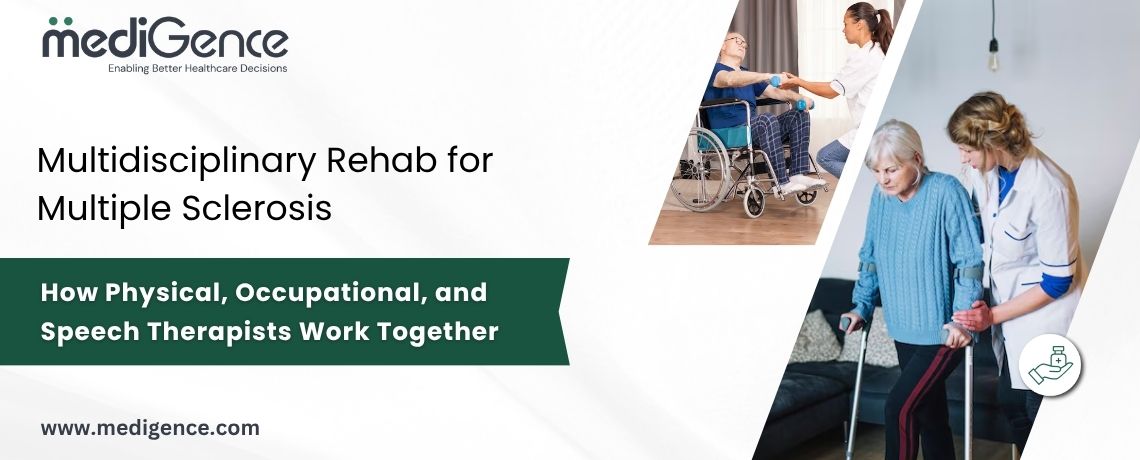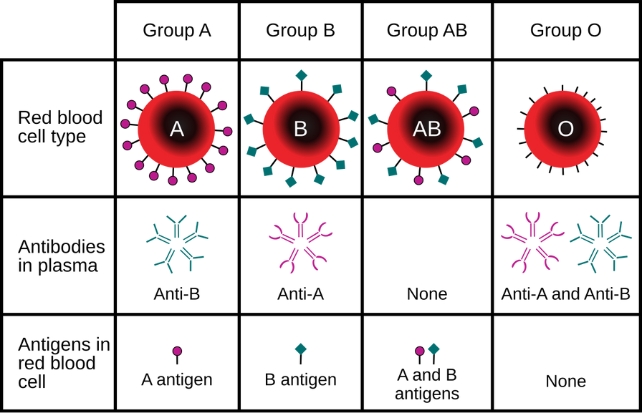Multiple sclerosis is a chronic degenerative disease in which the protective covering of nerve cells is damaged due to immune dysfunction. Immune systems attack their body cells and damage them permanently. Multiple sclerosis leads to fatigue, muscle weakness, abnormal sensations, vision problems, speech problems, bowel and bladder issues.
More than 2.3 million people worldwide are affected by multiple sclerosis.
Multiple sclerosis rehabilitation is a team effort involving a multidisciplinary team. Different rehabilitation teams collaborate to restore the patient’s quality of life. This multidisciplinary rehabilitation team includes physical therapy, occupational therapy, speech therapy, and other specialities.
Multidisciplinary Rehabilitation in Multiple Sclerosis
Multidisciplinary rehabilitation is defined as a team of different professions working together to reduce disability, optimise maximal functional ability and support individuals.
When physical, occupational, and speech therapy are combined into a single treatment plan, therapeutic efforts are directed towards common objectives, which have significant advantages for people with multiple sclerosis. These treatments enhance healing experiences and promote increased independence and quality of life through efficient teamwork and customised approaches. These advantages may be further enhanced for caregivers by utilising resources and actively engaging in therapeutic procedures, which can lead to significant improvements in patient growth and rehabilitation.
Physical Therapy
Physical therapy plays a crucial role in regaining strength and movement, as well as restoring physical abilities through exercises and modalities.

Book Online Consultation
Goals of physiotherapy in multiple sclerosis
- Improve walking pattern
- Prevent abnormal movement
- Regain functional ability
- Develop strength and endurance
- Increase range of motion and flexibility
- Boosting quality of life
Physiotherapy Treatment
1. Exercise: In addition to stretching exercises, balance training, relaxation methods, and general arm and leg strengthening, other forms of exercise treatment include yoga, Pilates, and tai chi. It has been found that these types of exercises improve leg strength, walking ability, and overall balance when performing daily tasks.
2. Aerobic exercise: Engaging in any type of aerobic exercise, such as cycling on a bike, treadmill, or other equipment, helps improve leg strength, walking ability, exercise endurance, balance, and overall mood.
3. Aquatic Exercises: Patients with even severe lower extremity weakness can conduct standing and movement activities thanks to the decreased effect of gravity in aquatic training. For patients with multiple sclerosis, combining aquatic therapy with physical therapy is recommended.
4. Balance and Coordination Exercise: The risk of falls is increased by poor postural control. MS patients exhibit delayed postural disturbances, increased sway in calm standing, and decreased mobility as they approach stability limits. Falls are most likely caused by poor balance.
Occupational Therapy
Occupational therapy can assist multiple sclerosis patients with the daily tasks that they find difficult. Occupational therapy helps individuals maintain their independence by enabling them to continue performing essential tasks, thereby increasing their ability to carry out daily activities.
Goals of Occupational Therapy in Multiple Sclerosis
- Make everyday tasks easy, such as dressing and bathing.
- Helps to get back to the workplace
- Suggest adaptive devices, including wheelchairs, braces and orthotics.
- Assisting with daily planning, budget and schedule.
- Improve balance and coordination.
- Improve fine motor skills.
- Teach how to deal with stress.
Occupational Therapy Treatment
1. Fatigue Management: Teaching people ways to conserve energy helps them effectively complete their everyday tasks without exhausting themselves.
2. Cognitive Management: An occupational therapist helps individuals with daily functioning, such as assessing memory, focus, and problem-solving skills, and then determining how to compensate for any deficits.
3. Emotional Support: Therapists help patients manage the emotional effects of multiple sclerosis by holding group sessions.
4. Teaching Adaptive Techniques: Activities such as cooking and dressing require skills that are adjusted to each student’s level of ability.
Speech Therapy
Multiple sclerosis affects that part of the brain, which controls speech and communication. A speech therapist can help identify specific speech problems and develop effective treatment plans.
Goals of Speech Therapy in Multiple Sclerosis
- Enhance the muscle functioning of the mouth
- Balance the pitch of speech
- To speak more clearly and make sounds in words and phrases, move your lips and tongue more while taking deeper breaths.
Speech Therapy Treatment
- Using several strategies to improve your ability to communicate.
- This can assist with changes in voice, such as hoarseness or issues with volume and pitch.
- Practising many methods to improve the clarity of speech and examining methods to improve communication skills.
- Breath control exercises can help you catch short breaths between ideas, emphasise words, and form lengthier statements in one breath. Additionally, your speech-language therapist can teach you how to monitor your breathing.
Can Physical Therapy, Occupational Therapy and Speech Therapy Work Together in Multiple Sclerosis?
Multiple disciplines can provide occupational therapy, physical therapy, and speech therapy simultaneously. Not only is it reasonable to combine treatment across multiple rehabilitation areas, but it is also reasonable to expect significant improvements in patient outcomes. Although occupational therapy concentrates on improving skills for everyday tasks (such as dressing and cooking), physiotherapy focuses on enhancing mobility, strength, and coordination, and speech therapy focuses on improving speaking skills and swallowing ability.










